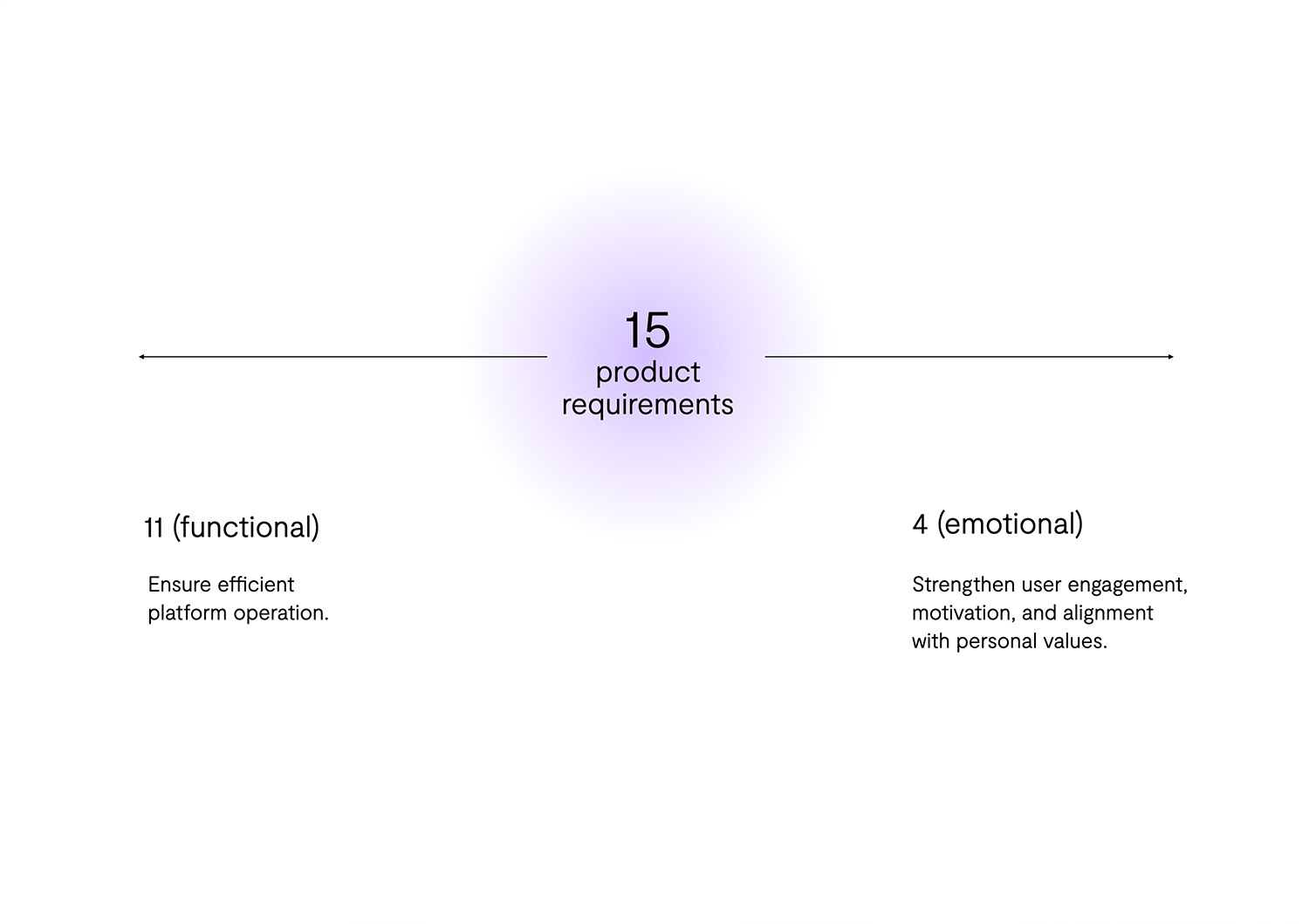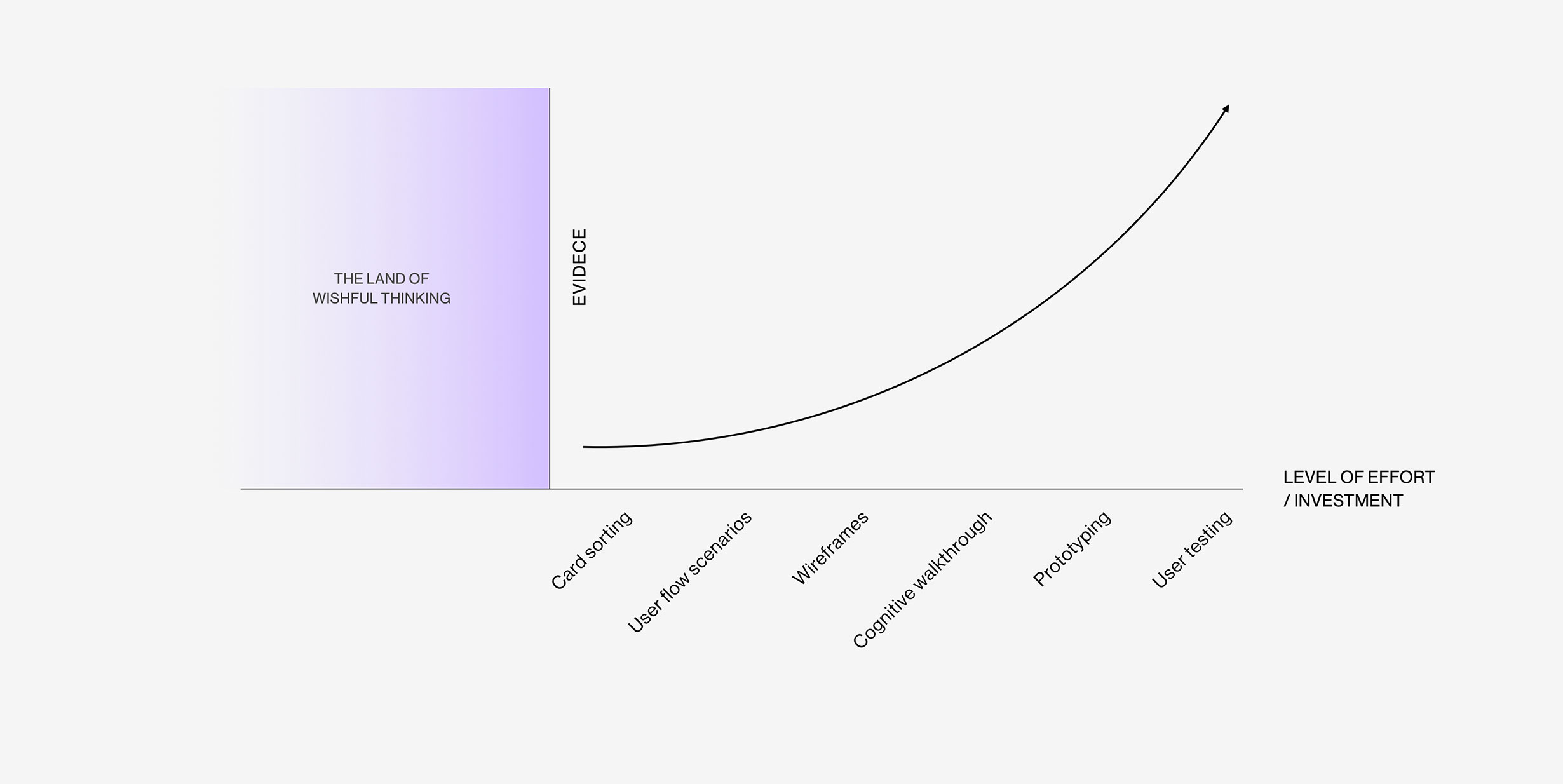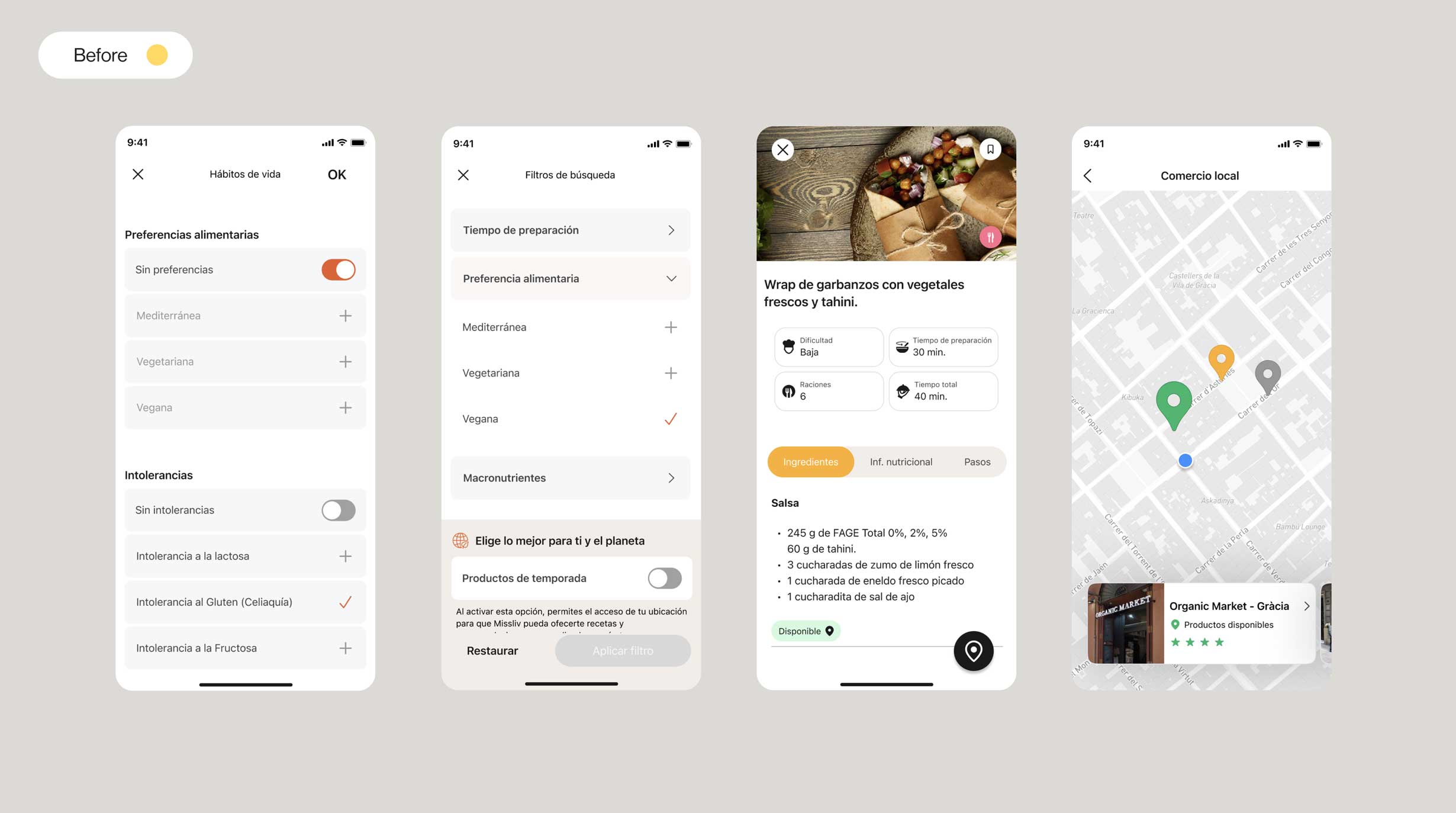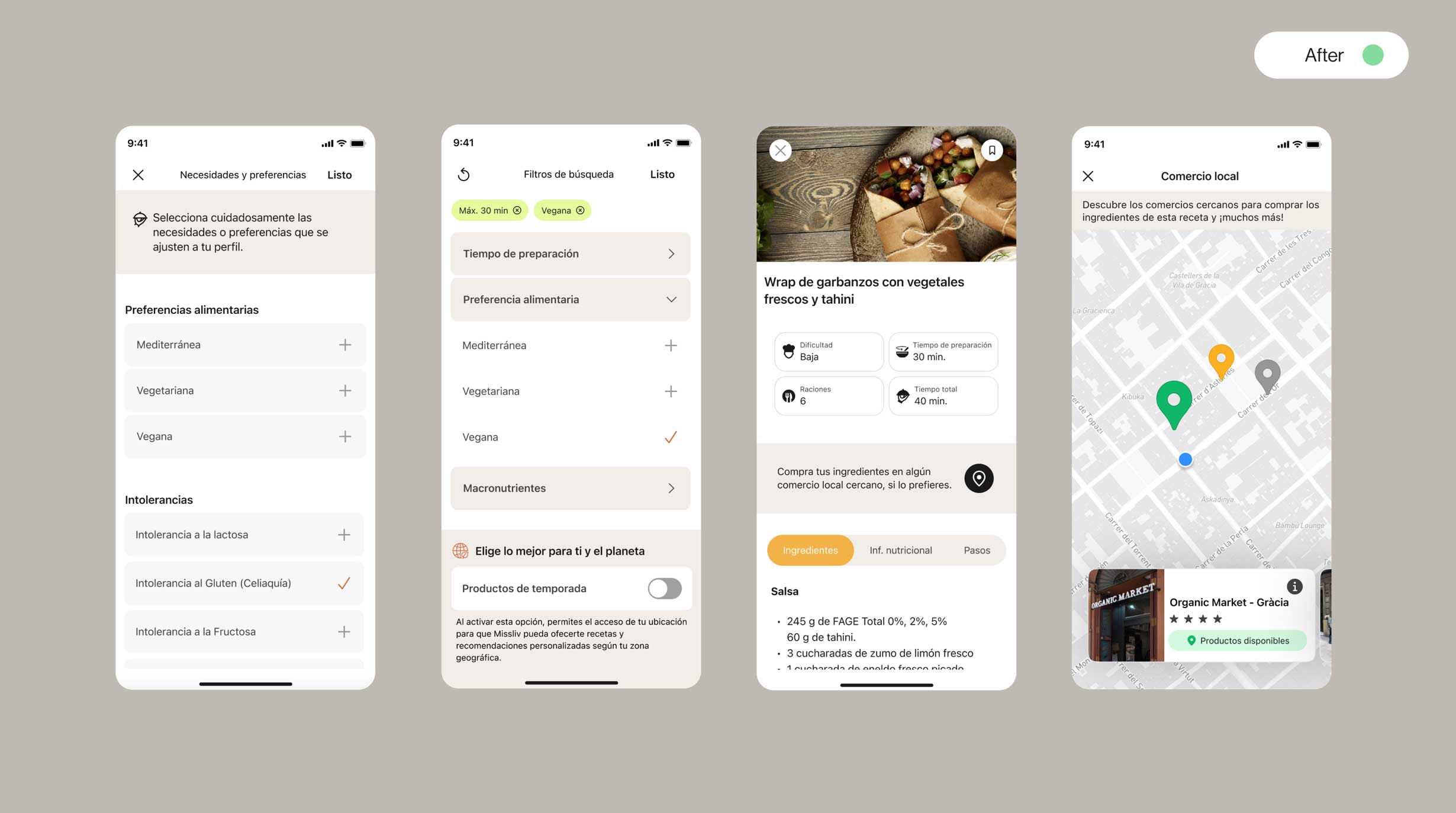MISSLIV
Designing nutrition that adapts to people and the planet

Client
TFM / UOC
Industry
Health & Wellness
Scope
Research & Discovery
Definition & Strategy
UX/UI Design & Prototyping
Evaluation & Validation
Missliv
End-to-end Project
Master’s Degree Final Project
Imagine a world where everyone has access to food that not only supports their health but also respects the environment and strengthens local economies. Missliv emerges as a digital solution focused on holistic well-being and sustainability, challenging a food system that favors standardization and overlooks diversity.
CHALLENGE
Design a digital product that transforms the food experience by promoting healthy and sustainable habits through an intuitive, personalized, and educational interface aligned with users’ real-life contexts and motivations.
IMPACT
Missliv empowers users to make informed food choices, connects them with local providers, and reduces environmental impact. It aligns with the Sustainable Development Goals (SDGs), creating both social and environmental value.
OUTCOME
A functional, iterated, and validated prototype tested through user research. The solution integrates features such as microlearning, advanced filters, multiprofile support, and geolocation, strategically positioned at the intersection of holistic health and sustainability.
(!) Video with audio
Approach
Missliv aims to democratize access to personalized and sustainable nutrition by integrating AI to connect eating habits with each person’s well-being, cultural patterns, and daily realities.
Methodology
Research
The research phase included co-creation workshops, benchmarking, and quantitative surveys to understand the context, market trends, and user pain points.
Ideation
Insights were transformed into design solutions, including information architecture, low- to high-fidelity prototypes, and well-defined interaction flows.
Definition
Findings were synthesized into empathy maps, personas, and journey maps to align users’ real needs with business goals.
Evaluation
User and expert testing revealed improvement areas, leading to interface refinements that enhanced usability and engagement.
Methodologhy
Research
The research phase included co-creation workshops, benchmarking, and quantitative surveys to understand the context, market trends, and user pain points.
Definition
Findings were synthesized into empathy maps, personas, and journey maps to align users’ real needs with business goals.
Ideation
Insights were transformed into design solutions, including information architecture, low- to high-fidelity prototypes, and well-defined interaction flows.
Evaluation
User and expert testing revealed improvement areas, leading to interface refinements that enhanced usability and engagement.
The current food system is built for a generalized majority, often excluding individuals with specific nutritional needs. Missliv challenges this by proposing a more inclusive, personalized, and accessible approach, one that adapts to each individual’s real-life context. Each pillar of the proposal stems from a key question that helped shape and give meaning to the solution:
EDUCATE
How might we make the true nutritional value of the food we consume more visible and accessible, while accounting for the factors that influence it?
EDUCATE
How might we make the true nutritional value of the food we consume more visible and accessible, while accounting for the factors that influence it?
EDUCATE
How might we make the true nutritional value of the food we consume more visible and accessible, while accounting for the factors that influence it?
EDUCATE
How might we make the true nutritional value of the food we consume more visible and accessible, while accounting for the factors that influence it?
EDUCATE
How might we make the true nutritional value of the food we consume more visible and accessible, while accounting for the factors that influence it?
DIVERSIFY
How might we expand the diversity of food offerings to increase available options and simplify decision-making for users?
DIVERSITY
How might we expand the diversity of food offerings to increase available options and simplify decision-making for users?
DIVERSITY
How might we expand the diversity of food offerings to increase available options and simplify decision-making for users?
DIVERSITY
How might we expand the diversity of food offerings to increase available options and simplify decision-making for users?
DIVERSITY
How might we expand the diversity of food offerings to increase available options and simplify decision-making for users?
PERSONALIZE
How might we create more tailored alternatives that adapt to various dietary patterns and nutritional needs?
PERSONALIZE
How might we create more tailored alternatives that adapt to various dietary patterns and nutritional needs?
PERSONALIZE
How might we create more tailored alternatives that adapt to various dietary patterns and nutritional needs?
PERSONALIZE
How might we create more tailored alternatives that adapt to various dietary patterns and nutritional needs?
PERSONALIZE
How might we create more tailored alternatives that adapt to various dietary patterns and nutritional needs?
Quantitative Insights
100
Representative participants, aged 18+
Confidence level: 95% (z-score 1.95)
89%
Consider healthy eating essential and directly associate it with improved well-being.
75%
Do not currently use digital platforms to manage their nutrition, but express interest in features such as diet-based recipes (67%) and access to local, sustainable food options (77%).
Quantitative research revealed a strong awareness of the importance of healthy eating: 89% of participants considered it essential to their well-being. However, 75% reported not using digital tools to manage their nutrition. Compared with competitive analysis findings, this highlights a clear market gap; no existing solutions effectively combine food sustainability with a holistic approach to both health and emotional well-being.
The main barriers reported were a lack of time (75.5%), especially in urban environments, and fluctuating food costs depending on the region. Despite these challenges, 70.4% of respondents expressed interest in a tool capable of adapting meal plans to their specific needs.
These findings reveal a clear opportunity: to develop an intuitive and efficient solution that supports decision-making, optimizes time, and delivers personalized recommendations aligned with each user's preferences and real-life context.
Quantitative Insights
100
Representative participants, aged 18+
Confidence level: 95% (z-score 1.95)
89%
Consider healthy eating essential and directly associate it with improved well-being.
75%
Do not currently use digital platforms to manage their nutrition, but express interest in features such as diet-based recipes (67%) and access to local, sustainable food options (77%).
Quantitative research revealed a strong awareness of the importance of healthy eating: 89% of participants considered it essential to their well-being. However, 75% reported not using digital tools to manage their nutrition. Compared with competitive analysis findings, this highlights a clear market gap; no existing solutions effectively combine food sustainability with a holistic approach to both health and emotional well-being.
The main barriers reported were a lack of time (75.5%), especially in urban environments, and fluctuating food costs depending on the region. Despite these challenges, 70.4% of respondents expressed interest in a tool capable of adapting meal plans to their specific needs.
These findings reveal a clear opportunity: to develop an intuitive and efficient solution that supports decision-making, optimizes time, and delivers personalized recommendations aligned with each user's preferences and real-life context.
People increasingly seek experiences tailored to their real needs, from personalized profiles to intelligent recommendations. Although lack of time and the cost of healthy food remain common frustrations, these challenges present opportunities to design more accessible and flexible solutions. Despite low current usage of nutrition-related apps, users show a clear intent to learn and improve habits, with growing interest in approaches that link health to sustainability.

Empathy maps and three user personas were created to explore the motivations behind user actions. These insights informed the creation of usage scenarios, revealing both user needs and pain points across the journey. This approach enabled the design of an intuitive experience rooted in users’ realities, fostering adoption and generating value from the very first interaction.

A total of 15 key product requirements were identified: 11 functional, ensuring platform operability, and 4 emotional, aimed at boosting engagement, motivation, and alignment with users' personal values across different product dimensions.
Lean UX Canvas: Bridging empathy, requirements validation, and business opportunities
The Lean UX Canvas helped structure ideas, define core problems, and align stakeholders around clear hypotheses and success metrics. It served as a strategic guide within the build-measure-learn cycle, supporting early assumption validation through agile, low-cost experiments. The main objective was to reduce risk, prevent premature investments, and ensure that every decision was evidence-based and aligned with real user value.
Based on the hypothesis that if people interested in healthy and sustainable nutrition gain access to a digital experience that educates, diversifies, and personalizes, adoption will increase and long-term engagement will follow. This idea is brought to life through a set of concrete features designed to support users in daily decision-making and address the challenges of their personal context.
Educate through interactive microlearning features that deliver relevant information about users’ diets and the environmental impact of their food choices.
Diversify options through advanced filters that optimize food selection with a practical and nutritious approach, without compromising flavor or quality, while also improving access via an active network of local suppliers and products.
Personalize the experience with individual and family profiles, enabling dynamic recommendations tailored to each user’s needs, habits, and preferences.
A key assumption at this stage is that if access to specialized nutrition products is inefficient or unreliable, the value proposition is compromised, negatively affecting the user experience and limiting platform adoption. Therefore, it is essential to design agile experiments to validate this risk, understand its true impact, and define potential adjustments to the solution or its operational model.
To define the scope during the experimentation phase and address the dilemma of how much effort to invest in the MVP (Minimum Viable Product), the tool The Truth Curve was applied. This framework balances investment and learning by guiding decisions through two essential questions: “What do we know?” and “What’s the next step?” Using it at this stage supports informed decision-making, avoids premature investments, and ensures focus on validating the most critical assumptions.

Developing a digital product requires an iterative approach that blends experimentation with progressive validation. The proposals presented represent early versions of Missliv, created to rapidly learn from user behavior and adapt the solution to real needs. Each iteration aimed to align the insights gathered with the project’s strategic objectives, ensuring a coherent and effective evolution.
To validate genuine interest in the solution, an interactive prototype was developed incorporating the most representative features aligned with the defined value drivers. This initial version allowed observation of usage patterns, measurement of perceived value, and collection of early feedback to validate key hypotheses and identify areas for improvement.


These learnings enabled the evolution of more refined versions of Missliv, enhanced with new content, improved visuals, and greater functional relevance. Each iteration not only reinforced the value proposition for users but also provided evidence to project the product’s potential and scalability
Ultimately, this evolution is reflected in several key elements, each specifically designed to educate, diversify, and personalize the user experience:

Demo video with audio
Key Learnings
The development of Missliv showed that an iterative, human-centered, and data-driven approach is essential for building relevant and sustainable digital solutions. During the process, the following principles consistently proved to be essential:
Design with empathy and evidence using tools such as the Lean UX Canvas, empathy maps, and journey maps to clearly define both functional and emotional requirements.
Prototype and validate early to identify improvement opportunities, reduce risk, and align the value proposition with users’ real expectations.
Iterate with agility by remaining flexible in the face of uncertainty and ensuring each decision contributes to a more intuitive, accessible, and meaningful experience.
Act with strategic vision by prioritizing clear objectives and revisiting earlier stages when needed, without losing sight of overall product coherence.
Design with ethical and social awareness by integrating sustainability, diversity, and inclusion criteria from the earliest phases, while anticipating future challenges such as the digital divide.
What’s Next for Missliv
Deepen user validation by focusing on everyday behaviors, motivations, and barriers to refine key features and enhance product relevance.
Explore strategic partnerships with local providers to ensure a reliable ecosystem of healthy and sustainable products that reinforce the overall value proposition.
Develop new MVP iterations by progressively integrating improvements in content, design, and technology, based on user insights and aligned with business objectives.
Methods and tools used